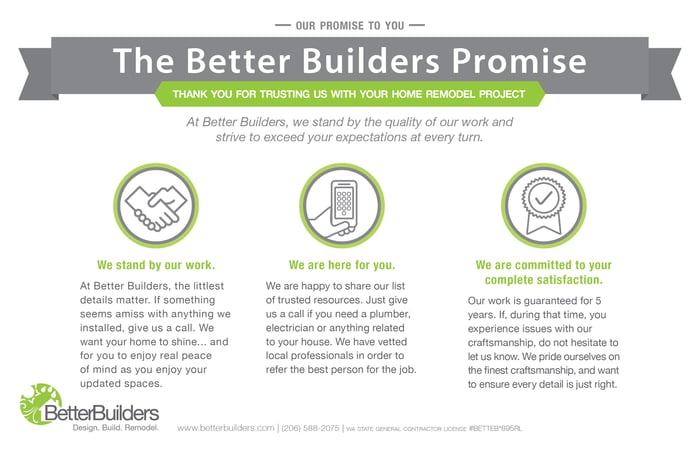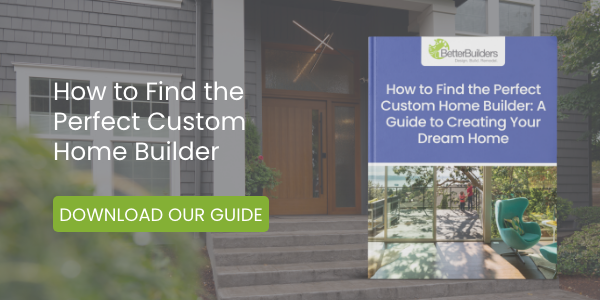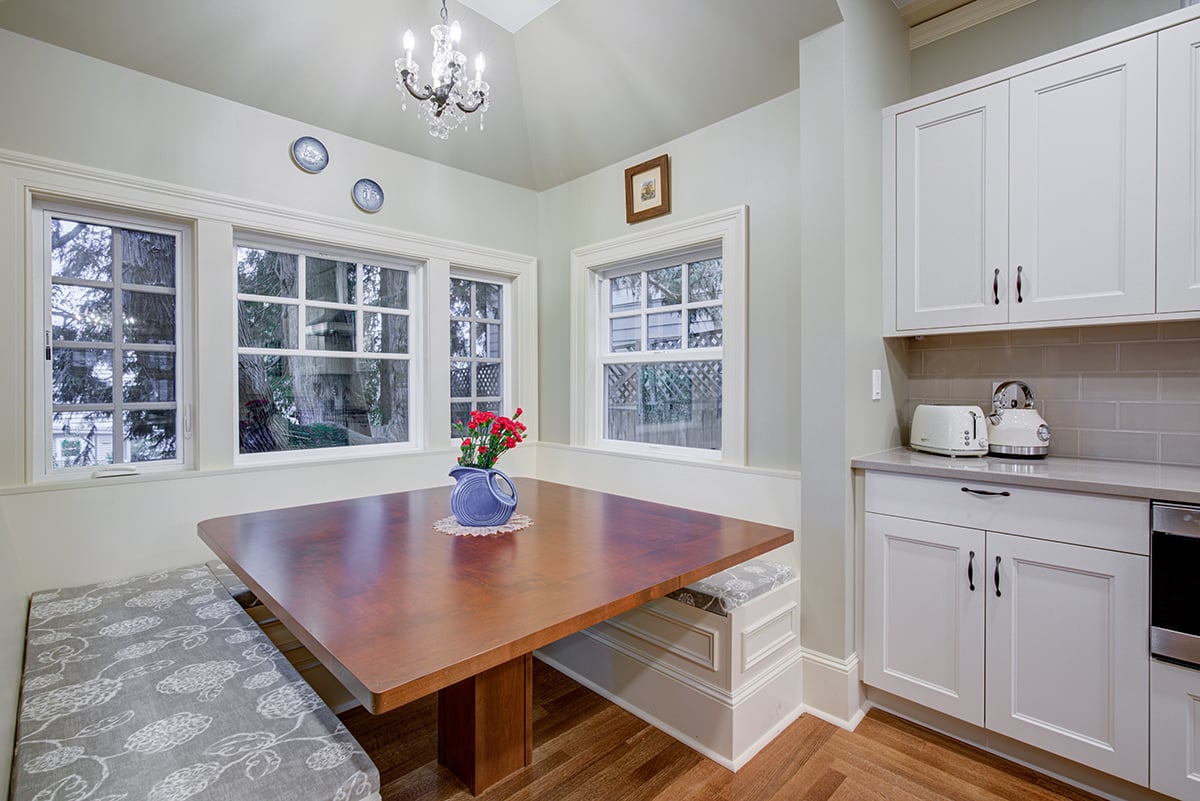Deciding to build a custom home is a monumental decision, and understanding where to start is crucial. If you're feeling overwhelmed, don't worry; you're not alone. The process can be complex, and it's challenging to determine the initial steps. While there's no wrong way to begin, there is certainly a “best” way to start.
In this article, we will delve into the best approach to new home construction and get you started on the path to success in building your own home.
1. Find the Right Design-Build General Contractor Partner
Whether you've already purchased land or are still searching for the perfect property, finding the right building partner is paramount. Here's why:
-
If you've already secured land, a skilled General Contractor (GC) can guide you through a process that aligns with your needs, budget, and the feasibility of your property.
-
If you haven't purchased land yet, your building partner can assist you in selecting the ideal property that matches your home plan vision and requirements.
Why it's important to find the right building partner: Building a custom home is a significant financial and emotional investment. Your choice of a building partner will profoundly affect your entire home-building experience. All members of the family–from parents and kids all the way to pets will be impacted by this journey. Think of it as entering a long-term relationship; you want a partner who will guide you with honesty, care, and respect.
Depending on various factors, this partnership is likely to span several years. You need a building team you trust.
Learn more about selecting the right custom builder in our dedicated blog post, “A Step-by-Step Guide to Finding the Best Home Building Team.”
2. Establishing Your Budget
Ensuring budget alignment is crucial. Here's how to go about it:
-
Sit down with your household members and collectively determine the budget you're willing to allocate. You and your household members need to have a thoughtful assessment to determine how much you are willing to give yourself permission to invest in the home of your dreams.
-
Avoid focusing on what things "should" cost; instead, consider what resources you're willing to invest in the project to create your perfect home.
-
Work with a trusted partner who can provide you with a framework of potential costs based on similar projects they have completed.
-
Study up on construction loans and establish your buying power through pre-approval from a financial institution and early conversations with trusted lenders.
3. Establishing a Realistic Timeline

Understand the timeline involved in custom home building:
-
The design phase of a custom home build usually takes 6-12 months. This includes everything from architecture, home design, blueprints, floor plans, and interior design to making your product and finish selections.
-
Permit acquisition can take 6-12 months, depending on the project complexity and lot requirements of the parcel you plan to build on.
-
Once your builder “breaks ground,” the construction process is often at least a year, if not longer - estimate anywhere from 14-36 months before you have keys in hand and are ready to move in.
-
The entire construction process can take 14-36 months.
Your building partner should share the construction schedule with you and establish regular check-in meetings to keep you updated on the project's progress.
Learn more about the construction timeline and process in our dedicated blog post, ”What Does a Typical Timeline Look Like for a Home Renovation?”
4. Understanding Your Role During Construction
Even the best-laid plans can face challenges along the way. Homeowners should know that they will likely need to continue to invest time in assisting with resolving challenges that may arise throughout construction. In the same way we discussed this being a partnership up front, you need to be prepared to remain an active member of this team throughout the entire process.
Be prepared to actively participate in the construction process:
-
Expect challenges along the way and be prepared to work alongside your design-build contractor to resolve them.
-
Communicate concerns and issues to the project manager promptly and respectfully.
-
Follow the agreed-upon payment schedule.
-
Allow for reasonable response time to address any issues.
Effective communication and collaboration are essential for a successful partnership between you and your building team.
5. Follow up and Follow through

Ensure you're well-informed about your warranty:
-
Understand the length and coverage of your builder’s warranty. What’s included, and for how long? The legal requirement for a home warranty is only 1-year in Washington state. A high-quality contractor will offer a minimum of 5 years, as Better Builders does.
-
Participate in a final walk-through to assess the project's completion.
-
Provide feedback for improvement and kudos for what was done well.
-
Expect your contractor to request introductions to others who may benefit from their services.
Create Your Dream Home
While these five key points provide a high-level overview of the custom home building process, it's essential to remember that choosing the right design-build custom home contractor is not a one-size-fits-all journey. Our process at Better Builders has helped countless homeowners efficiently construct their dream homes while staying within their budgets. We ensure that your vision becomes a reality in the final product.
If you're ready to learn more about embarking on this exciting journey, download our eBook, “How to Find the Perfect Custom Home Builder: A Guide to Creating Your Dream Home.”














